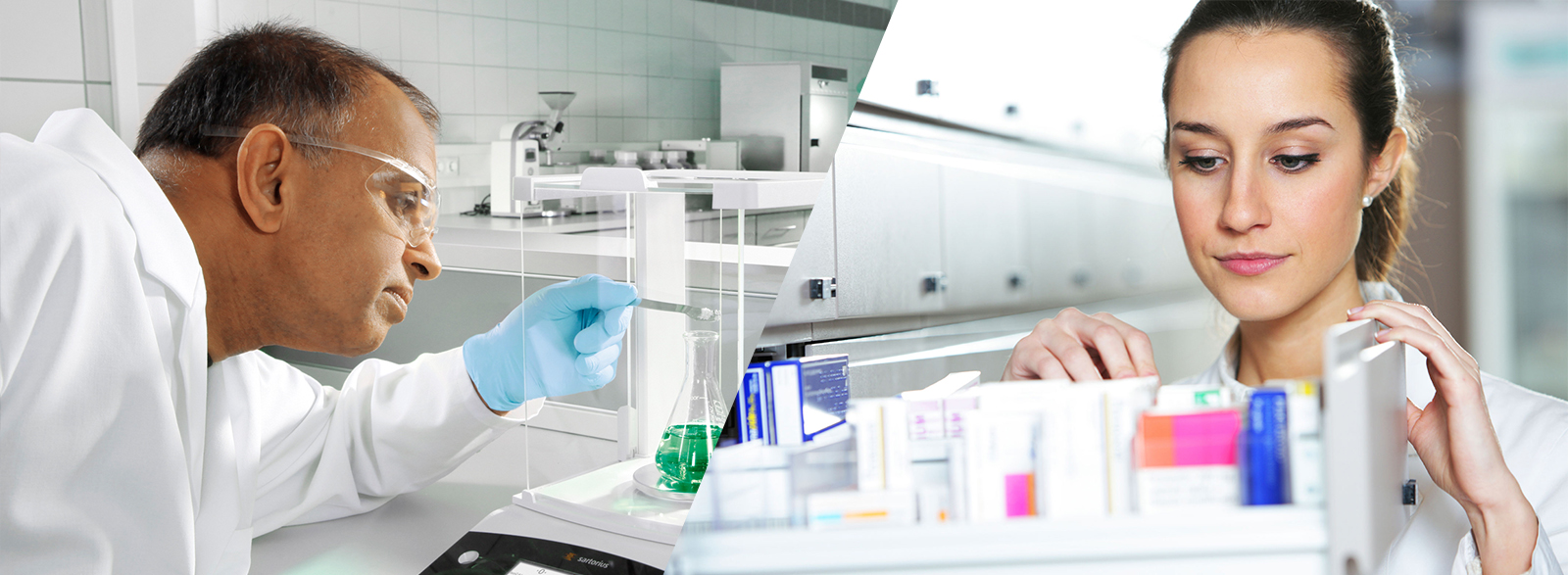Bioagrochemicals Plant Protection Products
Biological pesticides or biopesticides include:
- Microbials (fungi, bacteria, virus, protozoa, algae)
- Plant extracts
- Insects and nematodes
Recently the importance of biopesticides in the panorama of products for agriculture has increased. Renolab has implemented its own equipment and expertise extending toward new specific sectors. Renolab staff is able to provide qualified technical support in order to locate case by case the most suitable procedures and to generate analytical dossiers required for the registration of plant protection products.
Chemical and Physical Characterisation of formulated products 5-Batch Analysis of technical active substance
In accordance with GLP principles, the laboratory’s Chemical and Physical Characterisation section is able to perform all the analyses required by current directives for the pre- and post-registration of technical active substance and formulated products.
All chemical and physical characteristics are determined in accordance with the standard methods and guidelines contained in the EC Methods, CIPAC Handbook Series, OECD Guidelines and OPPTS Series.
Regulatory framework
- Regulation (EC) no. 1107/2009 of the European Parliament and of the Council of 21 October 2009, concerning the placing of plant protection products on the market;
- Commission Regulation (EU) no. 283/2013 of 1 March 2013, setting out the data requirements for active substances, in accordance with Regulation (EC) no. 1107/2009;
- Commission Regulation (EU) no. 284/2013 of 1 March 2013, setting out the data requirements for plant protection products, in accordance with Regulation (EC) no. 1107/2009;
- CropLife, Technical Monograph no. 17, Guidance for Specifying the Shelf life of plant protection products;
- SANCO/3030/99 rev. 5 : Technical Active Substance and Plant protection products: Guidance for generating and reporting methods of analysis in support of pre- and post-registration data requirements for Annex (Section 4) of Regulation (EU) No 283/2013 and Annex (Section 5) of Regulation (EU) No 284/SANCO/12116/2012 rev. 0 or OECD no. 65: OECD Issue Paper on Microbial Contaminant Limits for Microbial Pest Control Products.
Residue Studies
The Residue Studies section measures the residues of active substances and their metabolites in materials of vegetable and animal origin, processed products, soil, water and air.
To draw up product registration dossiers, Renolab is able to function as study director in association with other field analysis centres and/or as principal investigator in ecotoxicity and environmental impact studies, in accordance with the specific requirements and current guidelines.
The laboratory also performs studies on adjuvants to verify their impact on the residues of various active substances (insecticides, fungicides and herbicides).
Regulatory framework
- Regulation (EC) no. 1107/2009; Concerning the placing of plant protection products on the market and repealing Council Directives 79/117/EEC and 91/414/EEC;
- EC working document, 1607/VI/97, rev. 2; Guidelines for the generation of data concerning residues;
- OECD 509 – Guideline for the testing of chemicals: crop field trial;
- OECD 506 – Guideline for the testing of chemical: stability of pesticide residues in stored commodities;
- Guidance Document on Pesticide Analytical Methods for Risk Assessment and Post-approval Control and Monitoring Purposes SANTE/2020/12830, Rev.1
- OECD Series on Testing and Assessment No. 9 “Guidance document on the conduct of studies of occupational exposure to pesticides during agricultural application”, Paris 1997. OCDE/GD(97)148
- EPA Series 875.2100 Occupational and Residential Exposure Test Guidelines. Foliar Dislodgeable Residue Dissipation

